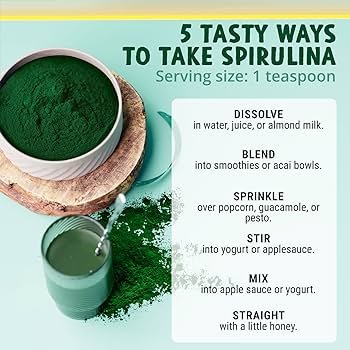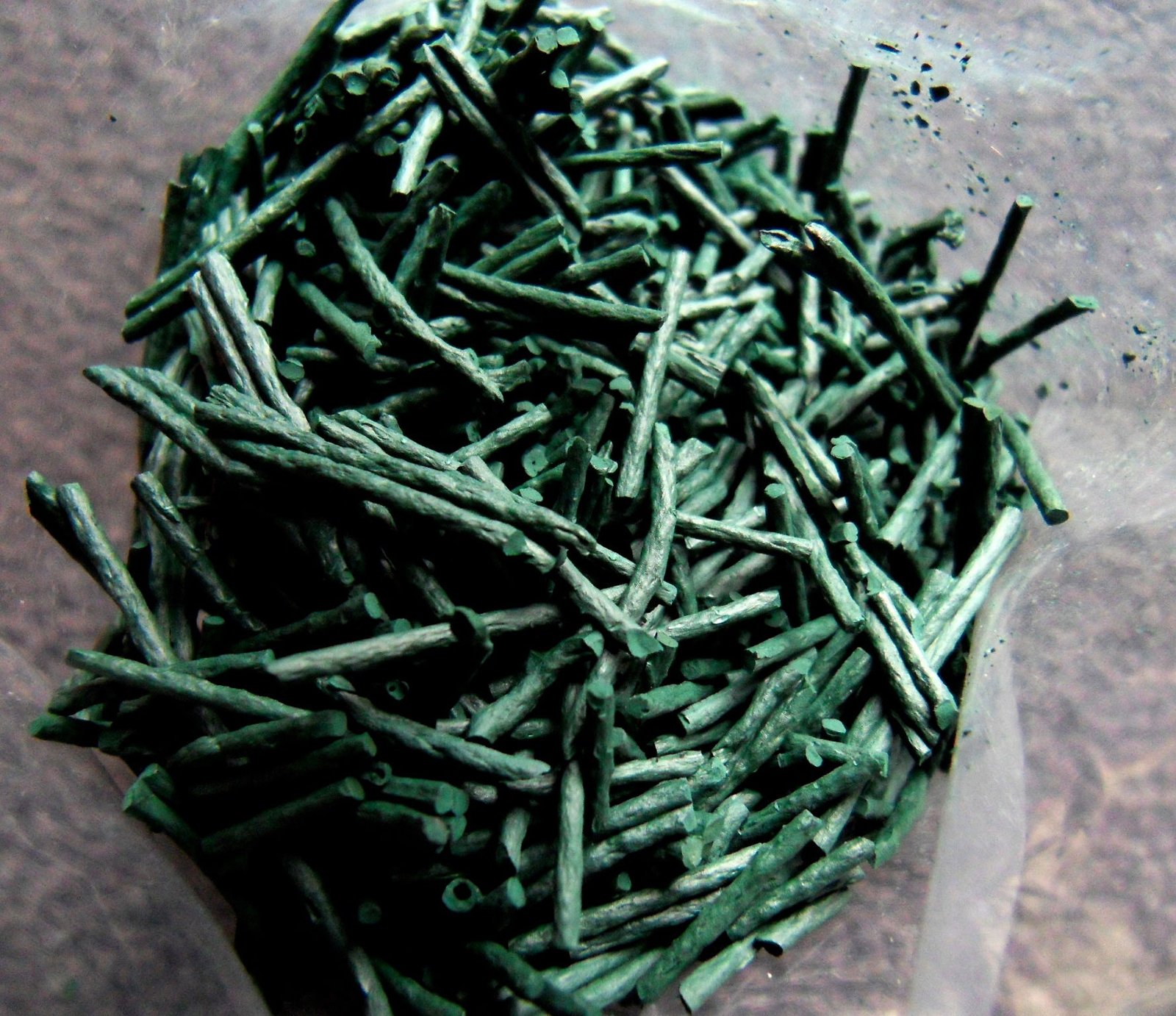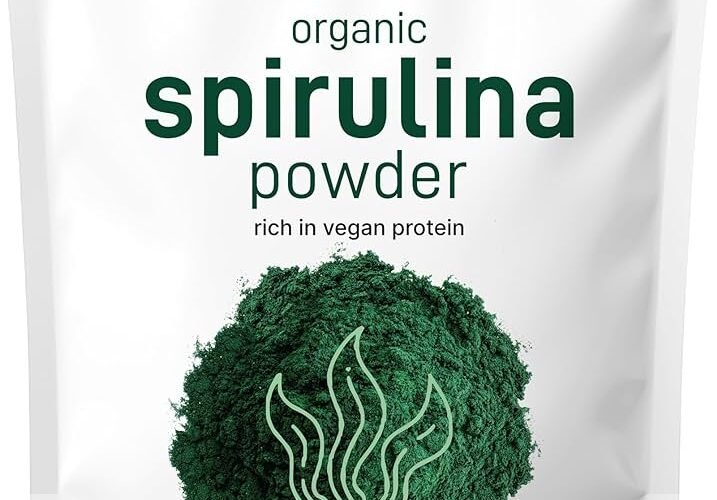What does Spirulina taste like? This is a question I often hear from my friends and colleagues when I bring up my fascination with this superfood. On my own journey to better health, I decided to explore the depths of Spirulina and was initially taken aback by its taste.
What Is Spirulina?
Spirulina is a type of blue-green algae that grows in both fresh and salt water. It’s believed to have been a food source for the Aztecs in the 16th century due to its exceptionally high nutrient content. For me, spirulina became more than just a health supplement; it became a subject of culinary curiosity. This cyanobacteria, or ‘pond scum’ as some affectionately call it, is usually found in powder or tablet form and is packed with proteins, vitamins, minerals, and antioxidants.
What Does Spirulina Taste Like? The Answer
Spirulina tastes like a cross between seaweed and grass with a slightly metallic aftertaste. It’s an acquired taste that not everyone appreciates at first, including myself. The potent flavor, often described as ‘earthy’ or ‘fishy,’ can be quite overpowering if you’re not accustomed to it.
Why do people wonder what Spirulina tastes like? Simply put, its incredible health benefits make people curious to try it, but its reputation for having a strong, sometimes unpleasant taste can make them hesitant. I remember first trying spirulina in a smoothie and being surprised by how it managed to assert its presence despite being mixed with other, sweeter flavors.

Variations in Taste of Spirulina
The taste of Spirulina can vary depending on its source and quality. Spirulina from different regions can have slightly altered flavors due to the varying mineral content of the water in which they are grown. For more information on regional differences, I found this source to be quite insightful.
Seasonal variations may also impact Spirulina’s taste. Certain environmental factors like temperature and sunlight can affect the growth conditions of the algae, potentially altering the final flavor.
Specific varieties of Spirulina also come with their own unique taste profiles. Here are a few:
- Athrospira Platensis – known for a slightly milder taste.
- Athrospira Maxima – tends to have a more pronounced earthiness.
Nutritional Benefits of Spirulina & Impact on Taste
Spirulina possesses an abundance of nutritional benefits, being exceptionally high in protein content and rich in B-vitamins and iron. Often, these nutritional benefits are what encouraged me to incorporate it into my diet. For further details on its health benefits, check out this study.
The health aspects of Spirulina might subtly influence how we perceive its taste; knowing something is beneficial can make us more receptive to its unique flavors. This psychological effect certainly helped me acclimate to Spirulina’s distinct taste.

Spirulina in Culinary Uses
Despite its distinct flavor, Spirulina is quite versatile in culinary uses. I often blend it into smoothies or mix it into sauces and dressings where its taste can be masked or complemented by other ingredients. It’s also popularly used to color foods naturally without affecting the overall flavor significantly.
In some countries, Spirulina is used to enhance the nutrient profile of various foods. In Japan, for instance, Spirulina is sometimes included in noodles for extra nutritional punch without significantly changing the taste of the beloved dish.
Acquiring and Preparing Spirulina
You can find Spirulina products in health food stores or online. I always ensure it’s high-quality, preferably organic, and sourced from clean waters to avoid contaminants like heavy metals. Spirulina’s strong flavor can be a bit overpowering, so it’s best to start with smaller quantities and increase as your palate acclimates.
Pairing Spirulina with Other Flavors
To enhance the overall dining experience, consider pairing Spirulina with complementary flavors. Here are a few suggestions:
- Fruits like bananas or mangoes can mask its strong taste when mixed into smoothies.
- Citrus juices can counteract the earthiness with their zesty profile.
- Mild-flavored plant milks can help dilute Spirulina’s intensity in shakes.

Recipe: Simple Spirulina Smoothie
Here’s an easy recipe to incorporate Spirulina into your diet:
- 1 ripe banana
- 1/2 cup of your preferred plant milk
- 1 tsp of organic Spirulina powder
- A handful of spinach for extra greens (optional)
- Ice cubes
- Blend until smooth and enjoy your nutrient-rich drink!
Final Words
In conclusion, what does Spirulina taste like? From my experience, Spirulina has an earthy, seaweed-like taste with hints of grass and a touch of bitterness. This taste profile can be challenging to embrace at first, but with the right pairings and preparation, it can add not only a nutritional boost to your meals but an interesting layer of flavor as well. So, if someone asks you “What does Spirulina taste like?” you can share not only a description but also a few tips on how to enjoy it.

